26: Aviation Timekeeping
The role of precision timing for pilots and the timepieces that made it possible.
200000Z JAN 25
Good morning,
Welcome to the 26th edition of Flightlines. This week, we explore how the evolution of pilot watches mirrors the development of aviation itself, beginning with a remarkable story from the dawn of flight that gave birth to the world's first purpose-designed wristwatch.
Before radar, GPS, or modern navigation aids, accurate timing was a pilot's most crucial instrument. The need to track time in flight shaped the development of watches, from the early Santos timepiece to modern aviation chronographs, and has influenced fashion across the globe.
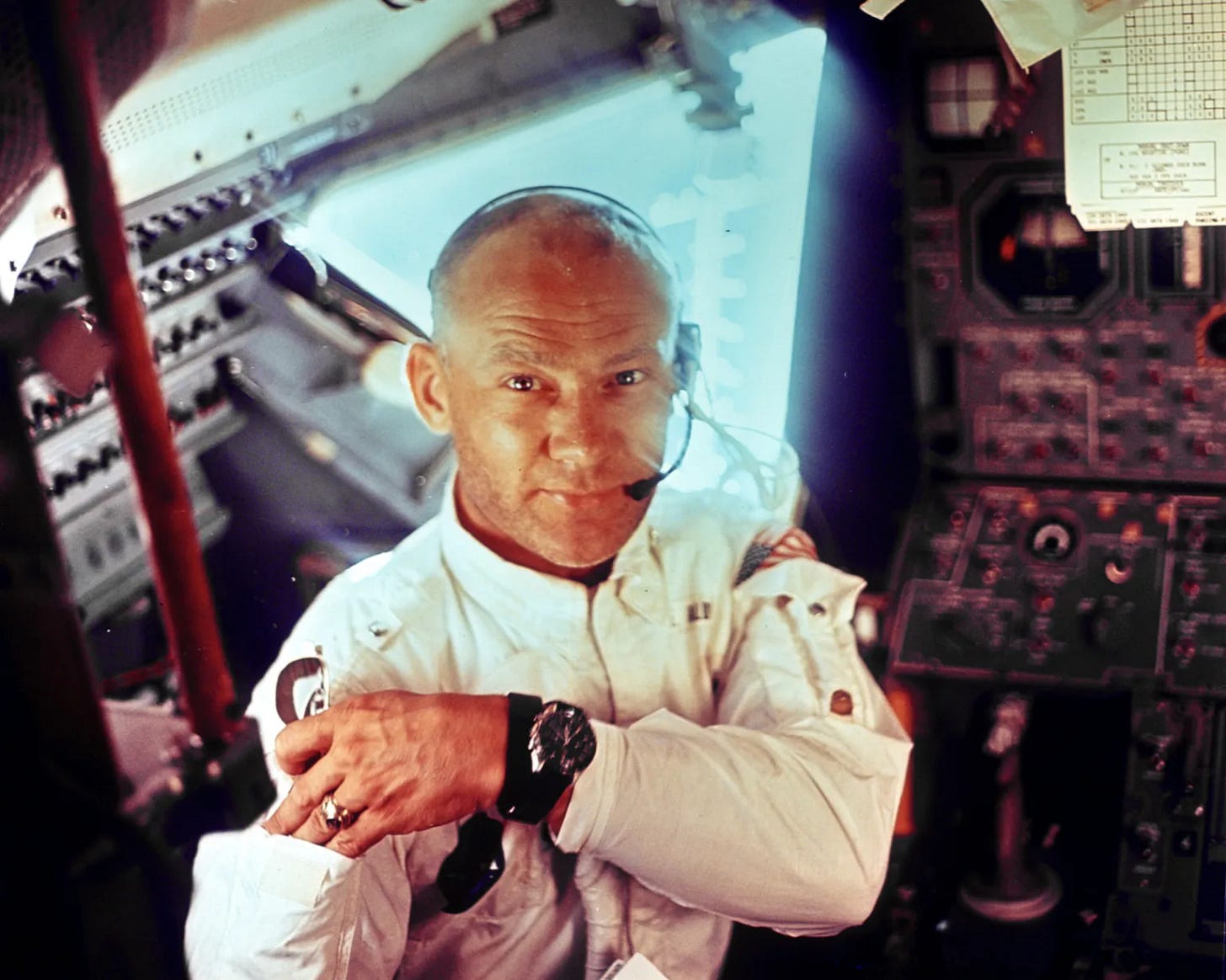
Aviation Timekeeping
In 1904, Brazilian aviator Alberto Santos-Dumont faced a practical problem: how to keep time during flight without letting go of the controls. Early aircraft required both hands, making pocket watches impractical.
Turning to his friend Louis Cartier for a solution, Santos-Dumont inspired the creation of the Santos watch—a wristwatch designed specifically for pilots. This innovation was a milestone for both aviation and watchmaking.
Paris in the early 20th century was a hub of progress, and Cartier was at its center. A renowned jeweler fascinated by speed and aviation, Louis Cartier embraced the challenge posed by Santos-Dumont. The aviator, already famous for his flights in dirigibles and his quest for heavier-than-air flight, was the perfect collaborator. Cartier's design featured a square case and visible screws, prioritizing legibility and durability—qualities that would define pilot watches for decades to come.
Accurate timing is fundamental to aviation. Pilots use time to calculate speed, navigate by dead reckoning, monitor fuel consumption, and coordinate with ground control. Early aviators like Louis Blériot relied entirely on chronometers for navigation. His 1909 Channel crossing succeeded largely because his Zenith timepiece helped him maintain course through dense fog.
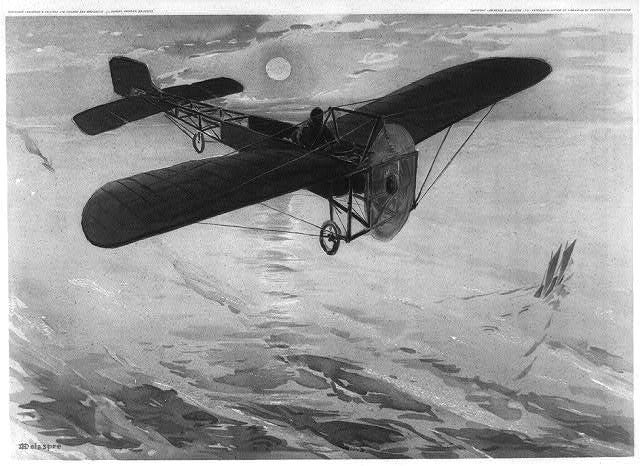
As aviation advanced during World War I, timing became even more critical. Night operations and formation flying demanded split-second precision. Watch manufacturers responded with designs specifically engineered for cockpit conditions.
Dials grew larger with high-contrast markings for instant readability in turbulence. Crowns were enlarged to allow operation with gloved hands, while stronger cases protected against rapid pressure changes at altitude. Luminescent hands and markers enabled night operations, and anti-magnetic shielding preserved accuracy near instruments.
Between the wars, aircraft became faster and started flying longer distances. The slide rule bezel, pioneered by Breitling, transformed pilot watches into wrist-worn flight computers. This mechanical calculator enabled pilots to determine ground speed from time and distance, monitor fuel consumption rates, calculate climb and descent rates, and correct for wind direction.
The German Luftwaffe specified exact requirements for their B-Uhr (Beobachtungs-uhren or observation watches), demanding exceptional accuracy and legibility. The distinctive triangle at 12 o'clock, now a common feature on pilot watches, allowed instant dial orientation in dark cockpits.
As commercial aviation went global, airlines needed to coordinate flights across multiple time zones. This led to innovations like the GMT hand, exemplified by the Rolex GMT Master developed for Pan Am pilots in 1955. The ability to track multiple time zones simultaneously became crucial for flight planning and crew duty time calculations.
Modern aviation still depends on precise timing. Flight operations use Coordinated Universal Time (UTC) to avoid confusion across time zones. You might notice the unusual timestamp at the top of each week’s article: 200000Z JAN 25. This format indicates the publication’s exact date and time, starting with the two-digit day, four-digit time, the “Z” for Zulu time (UTC), followed by the month and year.
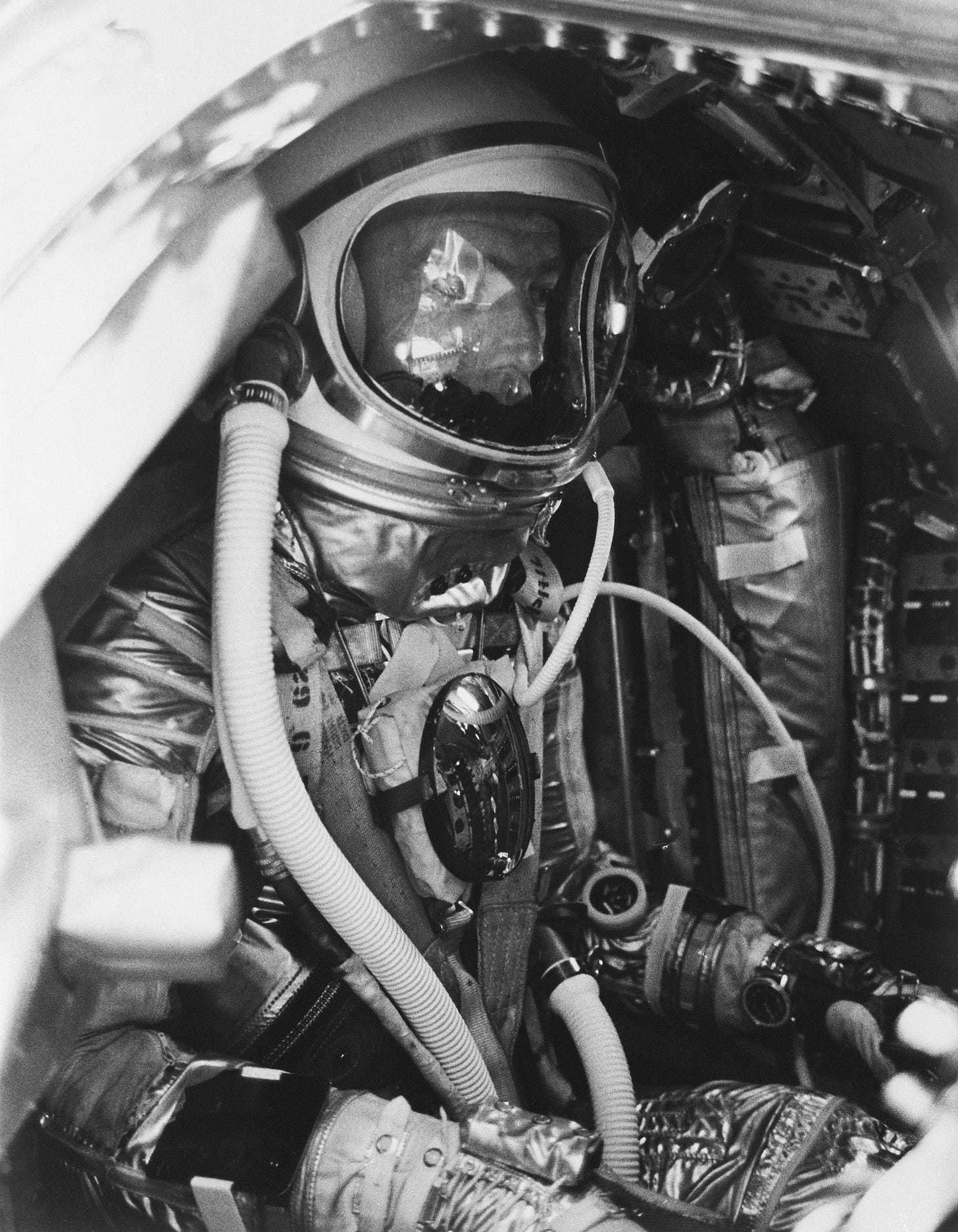
Pilots must accurately log flight times for multiple purposes: flight planning and fuel calculations require precise timing, while air traffic control coordination depends on synchronized time. While modern cockpits feature sophisticated timing systems, mechanical watches serve as crucial backups.
The core requirements that shaped early pilot watches—legibility, durability, and precision—are still essential today. Modern models from manufacturers like IWC, Breitling, and Rolex continue this tradition while incorporating advanced materials and technology. From Santos-Dumont’s first wristwatch to today’s high-tech models, pilot watches have grown alongside aviation. They remain timeless tools, connecting pilots to their craft and history as the industry moves toward autonomous flight and space exploration. —✈
✈
Thank you for reading.
Flightlines will be back next week with more insights and updates from the world of commercial aviation.
Until then, safe travels and happy flying!



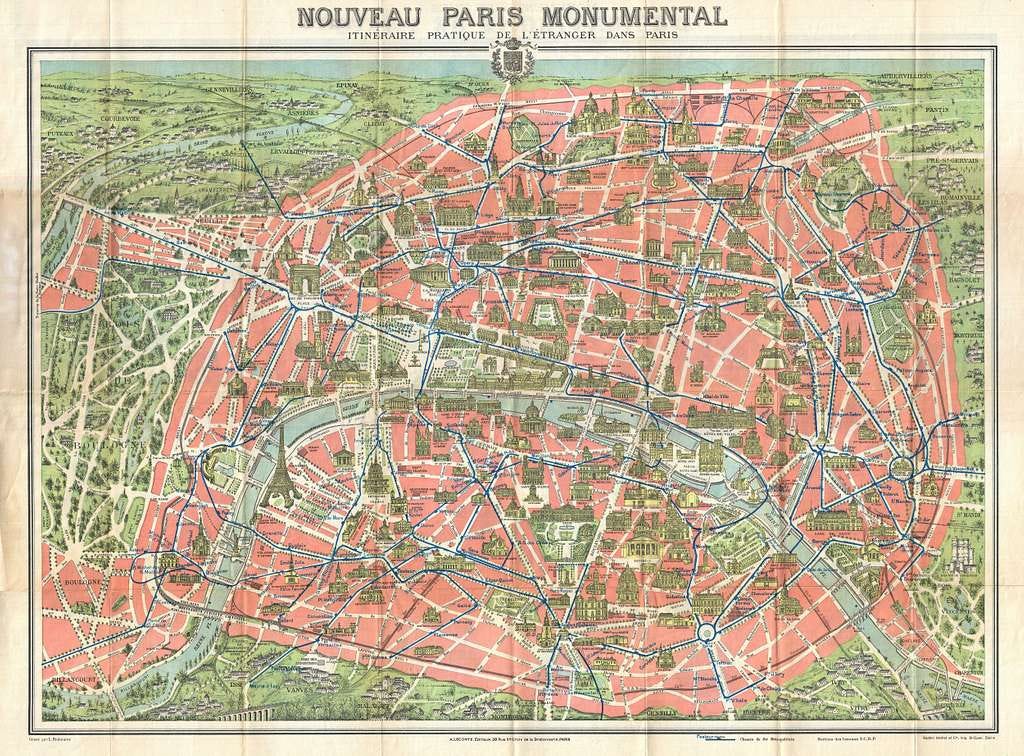
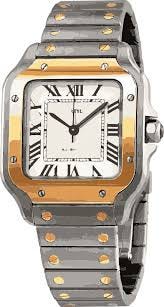
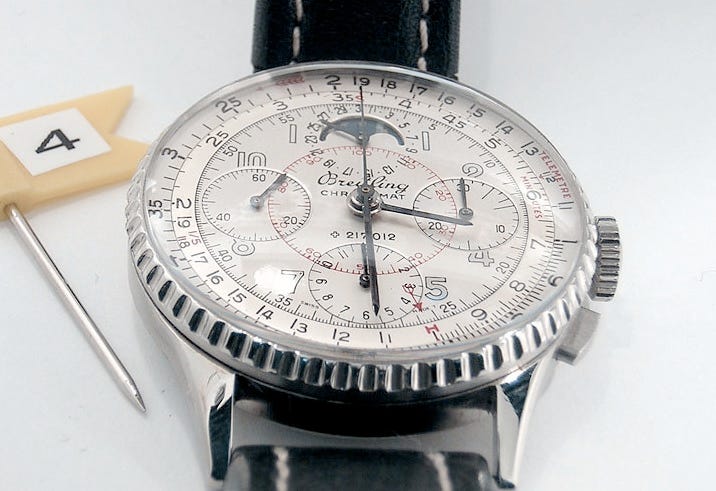
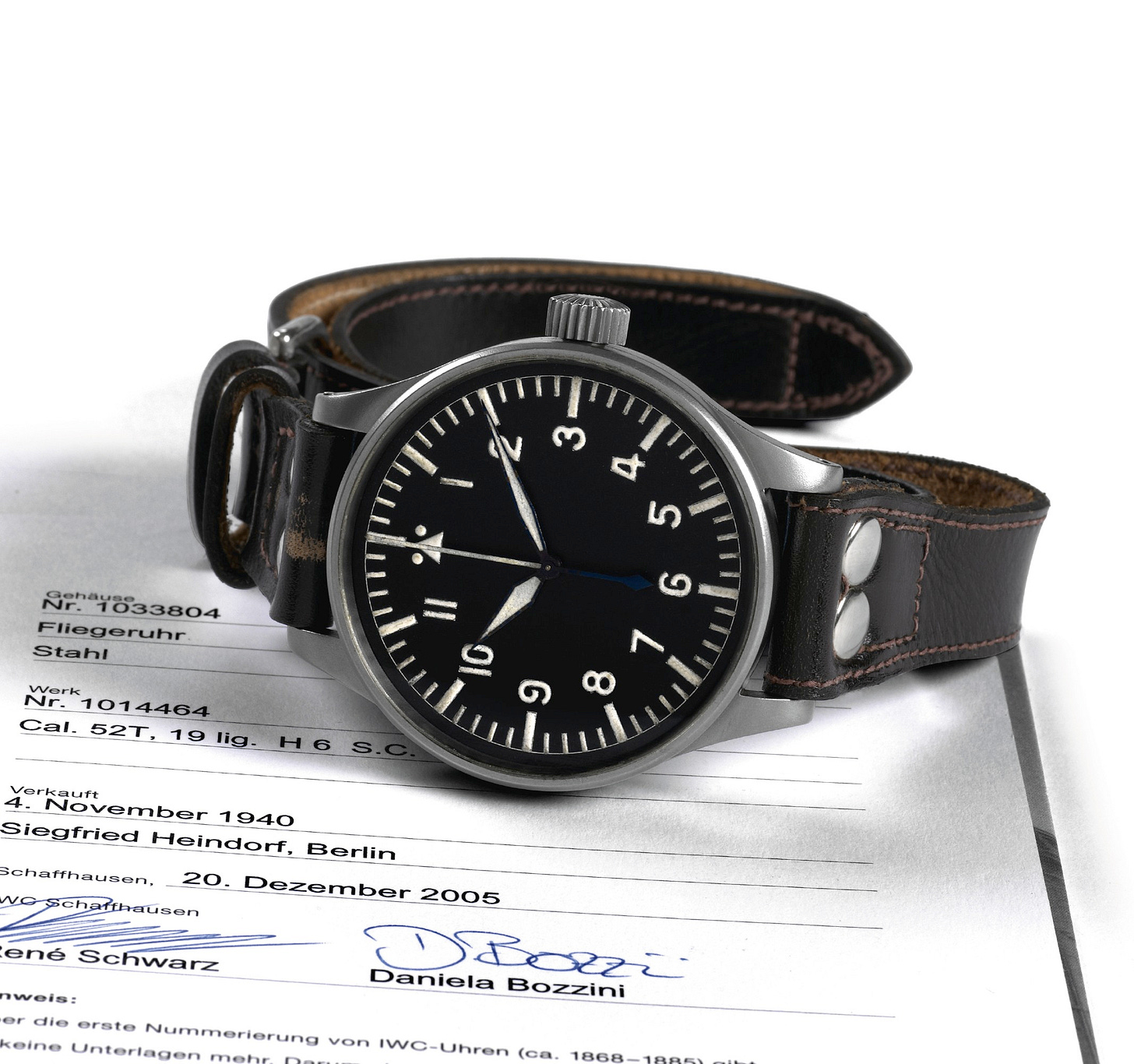
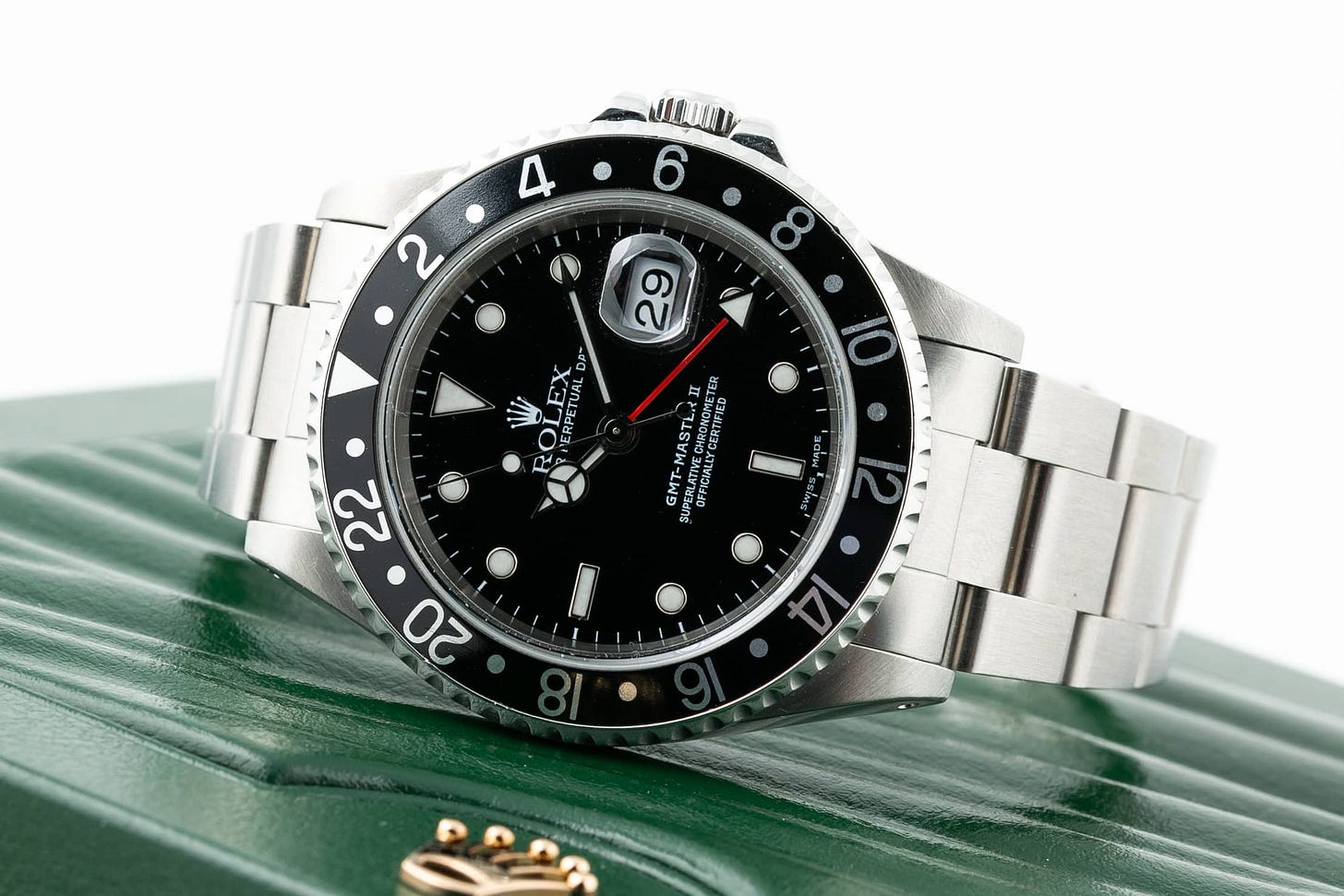
Very interesting piece! I really enjoy reading all the unique historical aspects of the aviation world that you present!
Fascinating! I had no idea the wristwatch was developed to address an aviator’s need.
Does Flightlines have any plans to release a run of upfitted vintage timepieces?